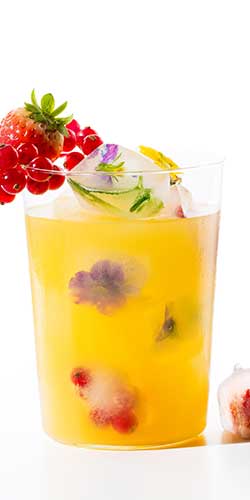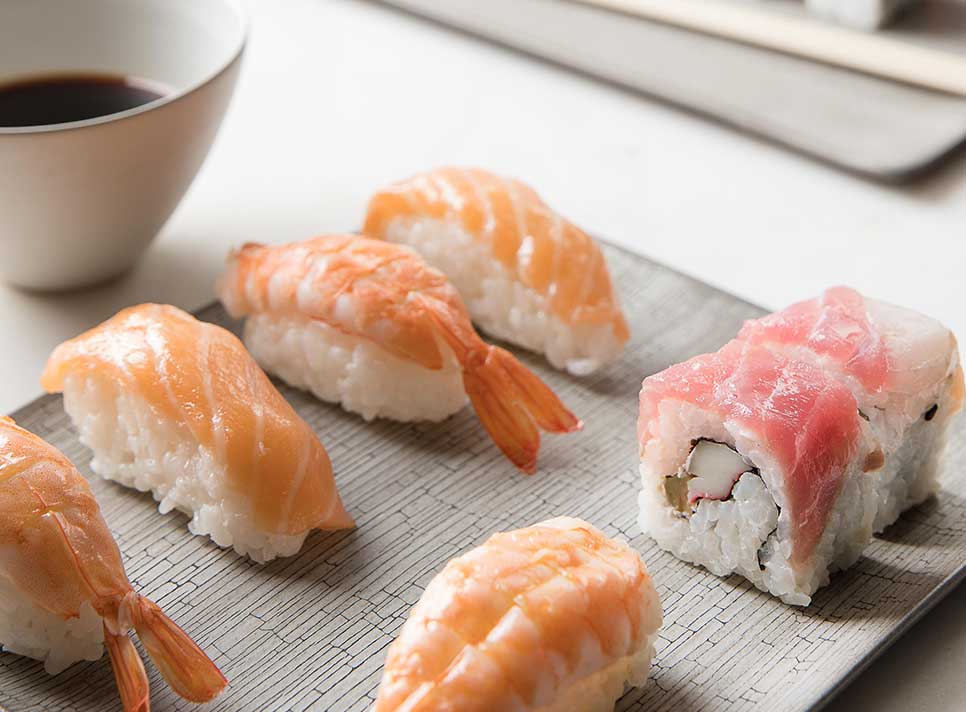A blast chiller is an essential appliance for professional kitchens to comply with food hygiene standards and preserve top food quality. Compared to standard refrigeration, a blast chiller rapidly reduces food temperatures, helping to maintain the taste, texture, and nutritional value of cooked dishes. Here are 5 key factors to consider in your purchase of a commercial blast chiller and how it can help with your professional operations.
1. How does a professional blast chiller work?
A blast chilling process enables the cooling or freezing of food in a very short amount of time, reducing the risk of bacterial growth and ensuring dishes are safe for storage and consumption later. Bacteria multiplies rapidly in temperatures ranging from +8°C to +68°C. Blast chillers rapidly cool food by blasting cold air over it, reducing the temperature of cooked or heated food within 90 minutes.
2. What is it used for?

Blast chillers cool down bulk quantities of food quickly and effectively in a temperature-controlled environment. There are several advantages to this process:
- It guarantees compliance with existing international and local health and safety regulations for food preservation and serving.
- Food quality is preserved by reducing the spread of bacteria, saving time and food wastage.
- Having a separate appliance that quick cools food ensures that you do not compromise on the temperatures of existing food in cold storage.
3. What’s the difference between blast chilling and blast freezing
Electrolux Professional’s blast chillers have a chilling cycle time that brings food from 70°C to 3°C within 90 minutes. It allows for two types of chilling:
- Soft chilling is a gentler process that ensures delicate products, such as fish, fruit, and vegetables, do not develop ice crystals.
- Hard chilling is suitable for denser foods, such as meat and lasagnas.
In addition, our SkyLine ChillS blast chiller models combine the technology of a blast chiller with a blast freezer, enabling our appliance to achieve a freezing temperature of -18°C in around 240 minutes. The blast freeze option, known as the X-freeze cycle, lowers the air temperature in the cavity from +10°C to -41°C and is ideal for efficiently freezing all food including raw, half-cooked, or fully cooked.
4. How to clean and maintain a blast chiller
Like most commercial kitchen appliances, daily cleaning and maintenance are necessary for proper functioning and longevity of the machine. This includes cleaning external surfaces with warm, soapy water, avoiding the use of abrasive detergents and steel wool, brushes, or scrapers that could damage the chiller’s surface. The surface should then be thoroughly wiped with a damp cloth. When cleaning the control panel, use a soft cloth dampened with water and, if needed, a neutral detergent. Avoid using direct or high-pressure water jets. For optimal results and product efficiency, we recommend using approved cleaning, rinsing, and descaling agents to achieve optimal results.
5. Choosing the right blast chiller for you
Restaurants should choose a cooling appliance that is tailored to their specific capacity, size, and efficiency requirements, rather than relying on a one-size-fits-all approach. Adherence to local health and safety regulations and minimum energy performance standards are also key factors in the decision-making process.
For more information on selecting the right blast chiller for your needs, fill in the contact us here and we’ll be in touch.
